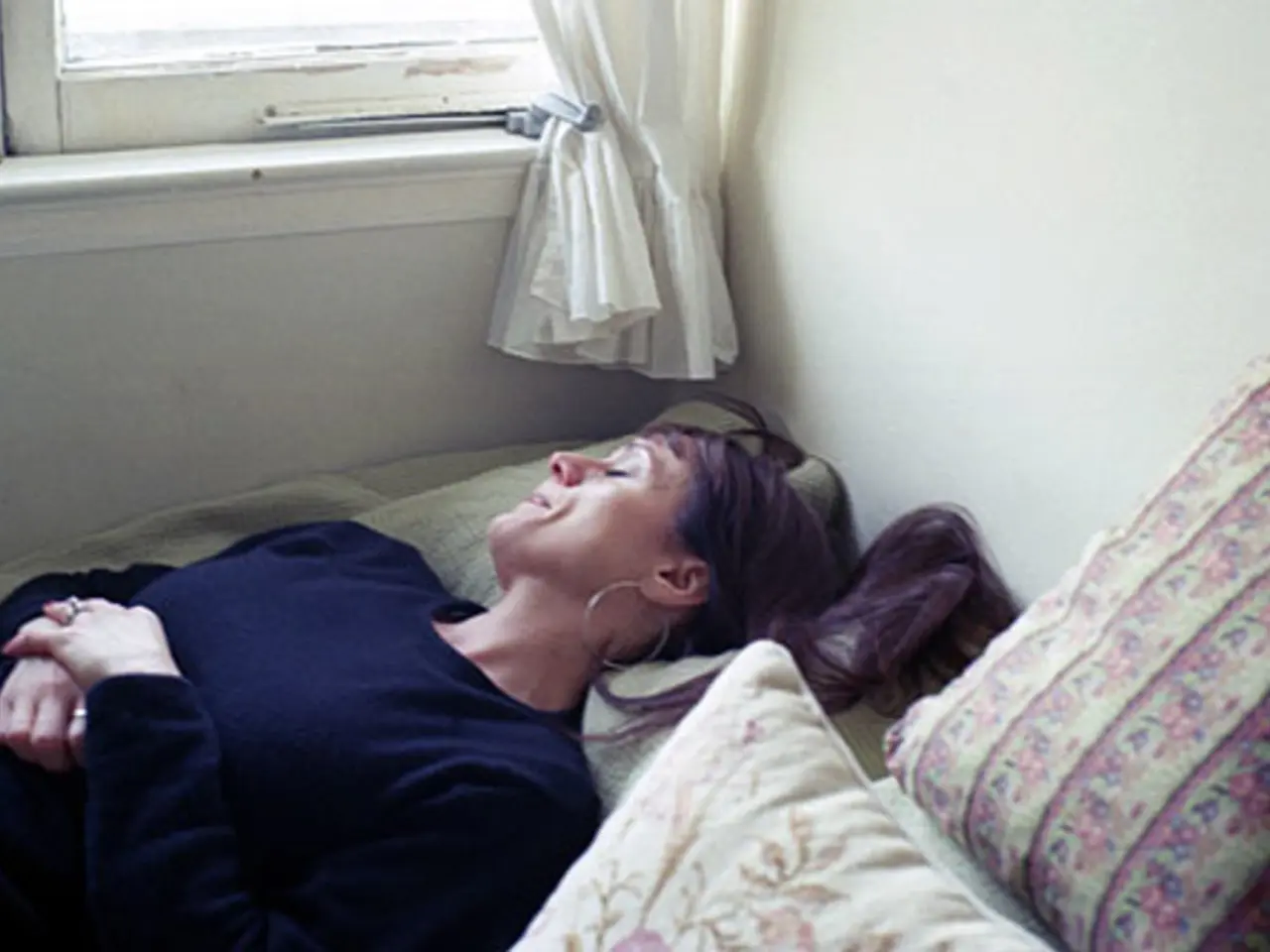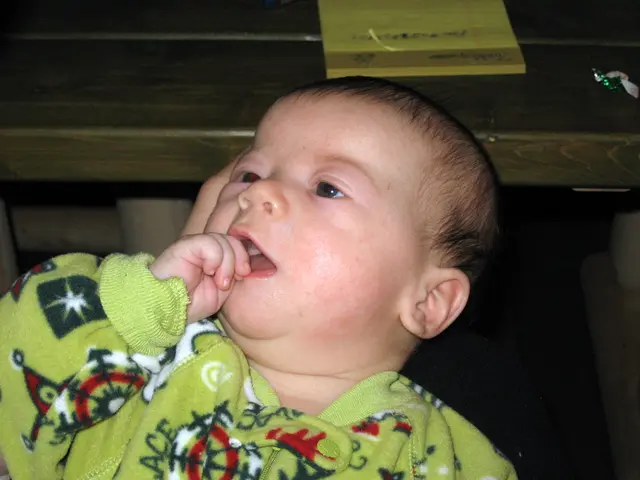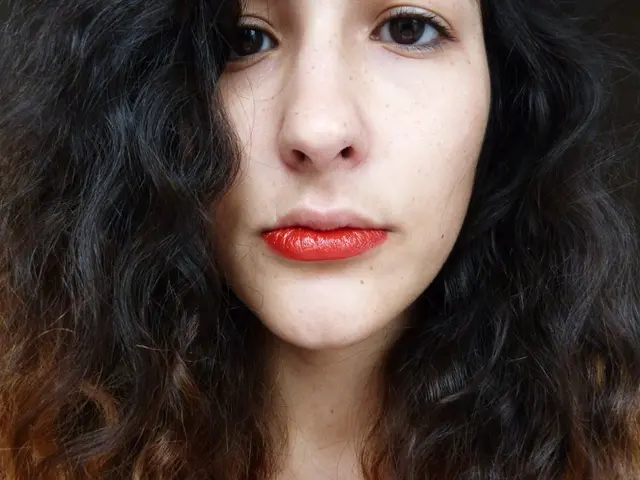6 strategic pressure points to induce sleep:
Acupressure, a component of traditional Chinese medicine, is gaining attention for its potential in alleviating symptoms of health issues, such as insomnia. This non-invasive technique, which involves applying pressure to specific points on the body, has shown promise in improving sleep quality, according to scientific evidence.
Key acupressure points that have been found to be particularly effective include An Mian, HT7, SP6, LV3, KD3, and Yin Tang. These points are believed to work by modulating neurotransmitters involved in sleep regulation, such as serum γ-aminobutyric acid (GABA) and serotonin (5-HT), and influencing melatonin production.
An Mian, also known as San Yin Jiao, is an acupressure point found at the highest point of the ankle on the inside of the leg, four finger-widths up the leg. This point is traditionally known as a key point for insomnia relief.
HT7, or Heart 7, is an acupressure point on the underside of the wrist, just under the bottom of the hand. This point has sedative and calming effects and is often used to alleviate anxiety-related sleep disturbances.
SP6, LV3, and KD3 work synergistically in Traditional Chinese Medicine to harmonize liver, spleen, and kidney functions, which relate to sleep and emotional balance. Yin Tang, located in the center of the eyebrows, just above the nose, is commonly stimulated to calm the mind and reduce agitation, promoting relaxation and better sleep.
Clinical improvements in sleep quality have been documented with acupressure applied to these points before bedtime. For example, a multicenter study involving cancer patients with sleep disorders reported a 60% improvement in sleep latency (time to fall asleep) and a 45% reduction in awakenings after daily self-applied acupressure.
While direct randomized controlled trials focusing on acupressure at these exact points and sleep quality remain limited, the clinical and mechanistic evidence from acupuncture studies strongly supports that acupressure at these points can improve sleep quality through modulation of neurotransmitters, brain activity, and stress hormone regulation.
It is important to note that research on the efficacy of acupressure is currently small, and more trials and studies are needed to investigate the effectiveness of acupressure on sleep parameters and learn best practices. Anyone planning to add acupressure to their routine can benefit from speaking with a healthcare professional, such as a doctor, acupuncturist, or massage therapist with acupressure experience.
While sleep medications work for some people, they can cause adverse effects. Acupressure offers a low-risk alternative that is safe for most people to try. Moreover, acupressure points such as An Mian, HT7, SP6, LV3, KD3, and Yin Tang can provide meaningful improvements in sleep latency and continuity without side effects.
In summary, acupressure on points such as An Mian, HT7, SP6, LV3, KD3, and Yin Tang offers a promising solution for improving sleep quality by enhancing neurotransmitter balance (GABA, serotonin, melatonin), reducing stress hormones, and regulating brain regions involved in sleep.
- Acupressure, a component of traditional Chinese medicine, is gaining attention for its potential in alleviating symptoms of health issues, such as insomnia.
- An Mian, also known as San Yin Jiao, is an acupressure point found at the highest point of the ankle on the inside of the leg, four finger-widths up the leg, and is traditionally known as a key point for insomnia relief.
- Clinical improvements in sleep quality have been documented with acupressure applied to points like An Mian before bedtime, with a 60% improvement in sleep latency (time to fall asleep) and a 45% reduction in awakenings reported in a multicenter study.
- While direct randomized controlled trials focusing on acupressure at these exact points and sleep quality remain limited, the clinical and mechanistic evidence from acupuncture studies strongly supports that acupressure at these points can improve sleep quality.
- Moreover, acupressure points such as An Mian, HT7, SP6, LV3, KD3, and Yin Tang offer a low-risk alternative to sleep medications, providing meaningful improvements in sleep latency and continuity without side effects.
- It is important to note that research on the efficacy of acupressure is currently small, and more trials and studies are needed to investigate the effectiveness of acupressure on sleep parameters and learn best practices.
- Anyone planning to add acupressure to their routine can benefit from speaking with a healthcare professional, such as a doctor, acupuncturist, or massage therapist with acupressure experience.




